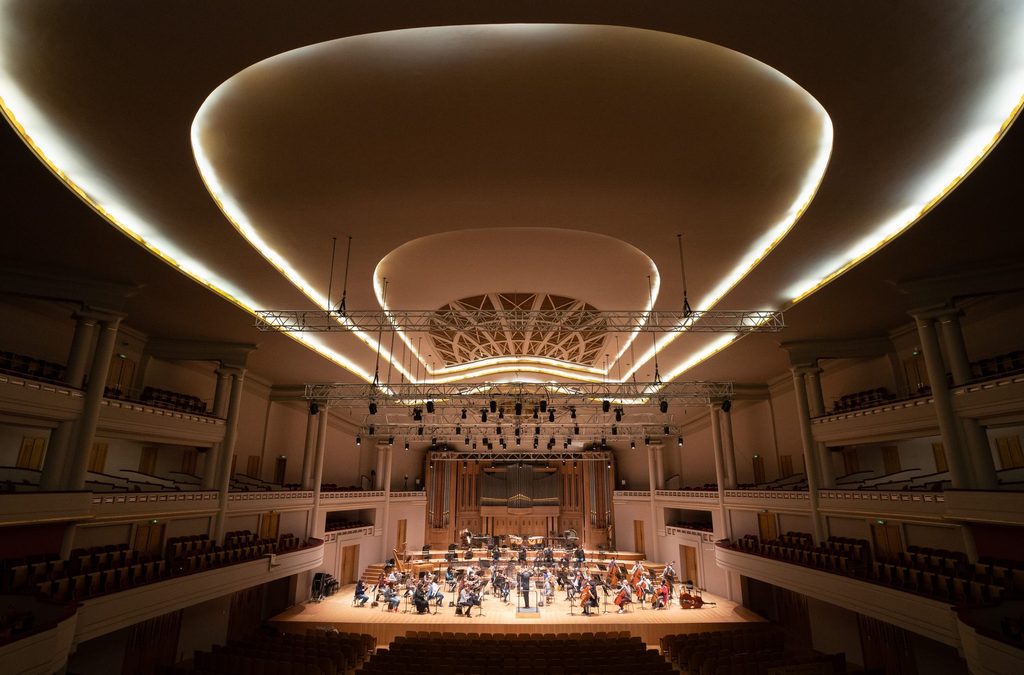A remarkable solution for allowing deaf or hard-of-hearing individuals to enjoy the magic of orchestral concerts has been developed by Patrick Hanlon, an acoustics expert in the United States, whose tactile jackets are equipped with 24 vibration points and replicate the experience of sound vibrations typically transmitted through the eardrum.
Hanlon's jackets were recently introduced at a classical music concert held at Manhattan's prestigious Lincoln Centre, where spectators donned the wireless touch jackets and immersed themselves in the music played on stage.
The concept behind these jackets, created by Hanlon's project "Music: Not Impossible" in collaboration with Not Impossible Labs, is to involve the body in the music-listening experience. By transmitting vibrations through the skin, participants are treated to an immersive 3D experience of music. The effect is profound, with many expressing sheer delight and awe at the unexpected level of engagement.
Previously, some individuals who were deaf or hard of hearing resorted to placing their hands on speakers or holding balloons to feel vibrations during live music performances. The tactile jackets, along with cuffs on the wrists and ankles, provide a more comprehensive sensory experience, eliciting the emotions and feelings evoked by music throughout the entire body.
Vibrating backpacks
One of the aims is to offer deaf children an opportunity to build an auditory memory by experiencing real vibrations. Jay Zimmerman, a composer who suffered hearing damage during the 9/11 terrorist attacks in 2001, was actively involved in the development of these jackets.
The impact of the tactile jackets extends beyond classical music; they can be tailored to suit various musical genres, such as rock or disco, by adjusting the vibration points accordingly. Artists like Lady Gaga and US rock band Greta Van Fleet have embraced this technology and integrated it into their concerts.
Exciting developments in Europe have also emerged in the form of vibrating backpacks, designed to offer an immersive experience of music from the inside.
Related News
- Brussels Classissimo festival returns with line-up of 'world classics'
- Experts warn of a potential 'epidemic' of deafness among young people
- Belgium expects summer solution to Brussels Airport's noise pollution
The Philharmonie de Paris concert hall has collaborated with SoundX, co-founded by actor Brad Pitt, to develop these backpacks. The connected backpacks – controlled by an application with AI capabilities – capture ambient sounds and transcribe them into vibrations. Unlike previous systems, this innovative solution captures a wide range of musical frequencies, enabling a richer and more detailed experience.
The Philharmonie plans to deploy these backpacks during the upcoming season, with the aim of making them available for the entire range of performances by 2024-2025. The devices will be provided free of charge to spectators, who will also benefit from a 20% discount on ticket prices. One tablet will control the vibrating backpacks within the concert hall, eliminating the need for individual smartphones.
The convergence of technology, art, and empathy has opened up new dimensions in the world of music appreciation. With these groundbreaking solutions, the joy of music is now accessible to all, transcending barriers and fostering inclusivity in the realm of symphonic delights.

